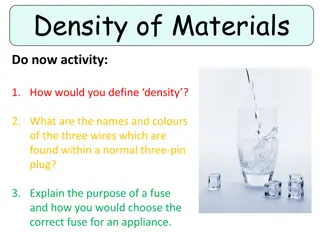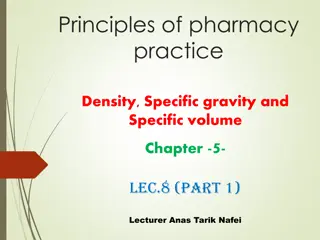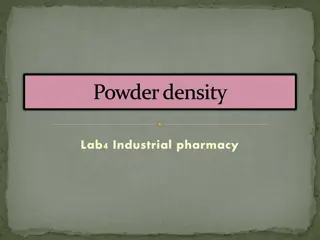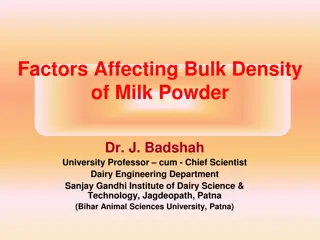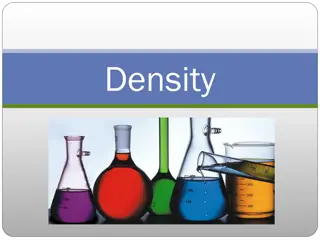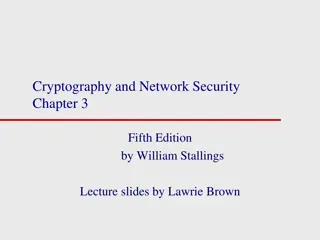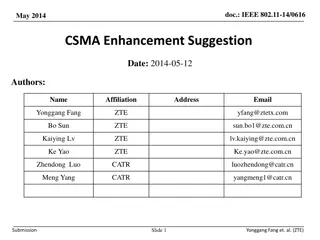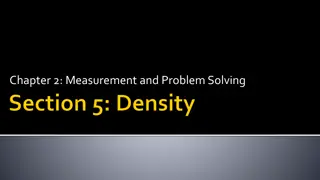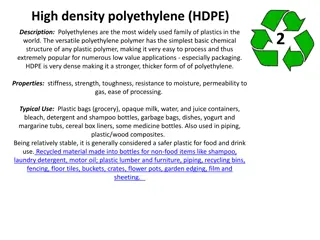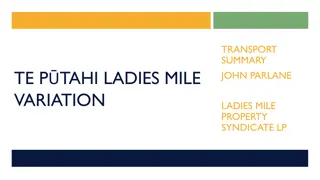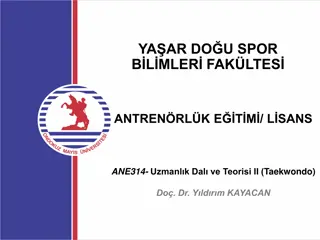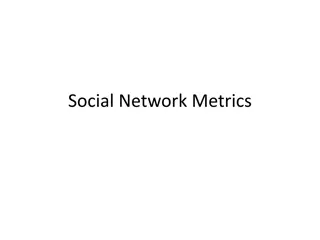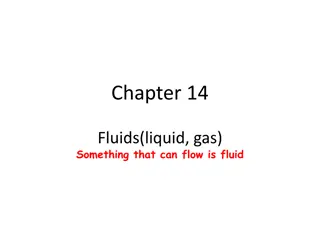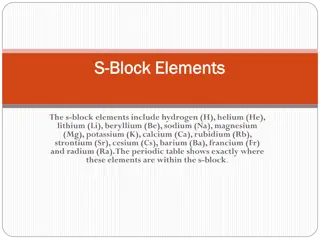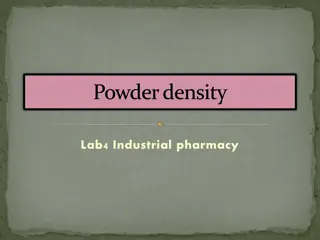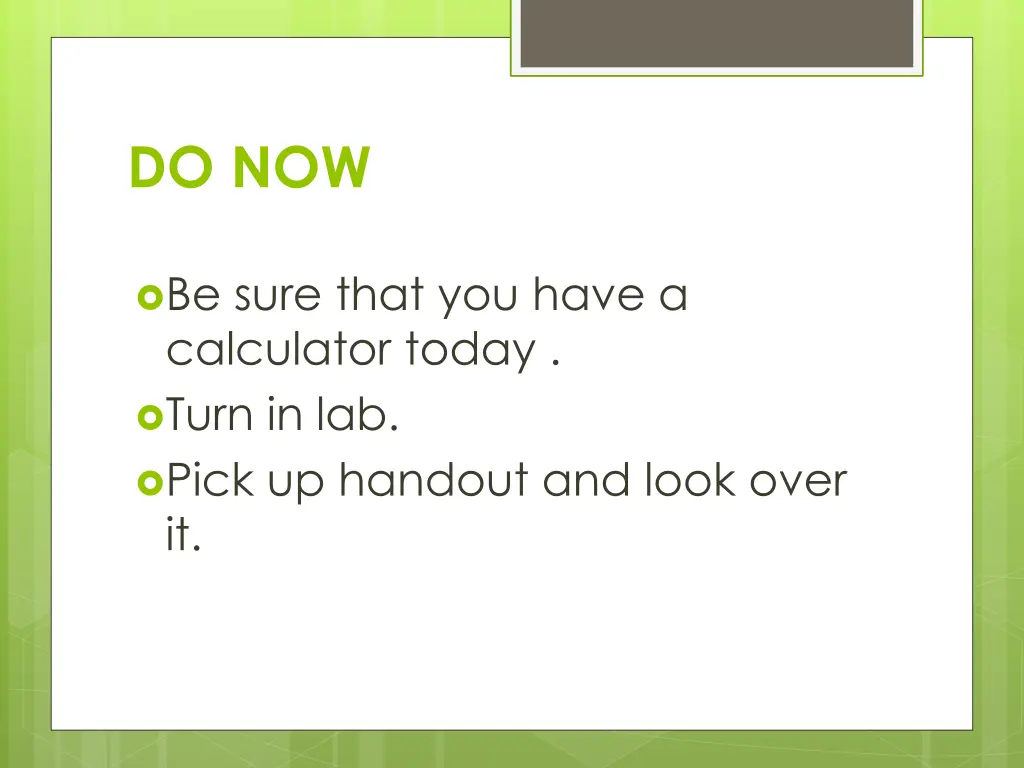
Density Block Lab Activities
Explore hands-on activities in the Density Block Lab including predicting sink or float, measuring block dimensions, calculating volume and density, and assessing measurement accuracy. Get ready to enhance your understanding of density and precision in science.
Download Presentation

Please find below an Image/Link to download the presentation.
The content on the website is provided AS IS for your information and personal use only. It may not be sold, licensed, or shared on other websites without obtaining consent from the author. If you encounter any issues during the download, it is possible that the publisher has removed the file from their server.
You are allowed to download the files provided on this website for personal or commercial use, subject to the condition that they are used lawfully. All files are the property of their respective owners.
The content on the website is provided AS IS for your information and personal use only. It may not be sold, licensed, or shared on other websites without obtaining consent from the author.
E N D
Presentation Transcript
DO NOW Be sure that you have a calculator today . Turn in lab. Pick up handout and look over it.
Density Block lab
DENSITY BLOCK LAB PART A 1. Get your three blocks. Write the block number and color for each block in your data table IN INK. 2. Predict which of the three blocks will sink and which will float when placed in water. Record your predictions IN INK for each block in Data Table One. Remember that water has a density of 1.000 g/cm3. 3. Use the quart container already filled with water. Place each block in the container to test your predictions. Record your observations in the appropriate space in Data Table One.
DENSITY BLOCK LAB PART B 3. Mass one of your blocks on the triple beam balance. Be sure it is DRY! Record the mass of the block in your data table. 4. Measure the length, width, and height of the block in centimeters. Measure to the hundredths place to have the correct number of significant digits. Record in your data table. 5. Repeat steps 3-4 for the other two blocks.
DENSITY BLOCK LAB 6. When you are done with your three blocks, put them back in your bin on the lab table for the next group. 7. Follow the directions on your lab sheet for the rest of the lab.
DENSITY BLOCK LAB CALCULATIONS Calculate the volume and density for the three blocks. Show your work in the space provided.
GOOD CALCULATIONS Looking for: Formulas Work Correct significant figures No naked numbers Correct answer
DENSITY BLOCK LAB From your teacher, get the density for one of your blocks. Have her write it in the table on your paper. Determine the accuracy of your measurements by calculating the percent error for that block s density.
DENSITY BLOCK LAB If your percent error is over 5%, then you must re-measure your block for length, width, and height as well as mass. Recalculate density and then recalculate the percent error. If you have less than 5% error, you are finished!
TRUE DENSITIES Milky white - 0.91g/cm3 Black - 0.99 g/cm3 White - 0.54 g/cm3 Gray - 1.42 g/cm3 Colorless - 1.18 g/cm3
LAB DUE DATE Density Block lab is due Wednesday Each person turns in their own sheet for the lab.
REMEMBER Write the information for Data Table One on your lab sheet IN INK. Write the information for Data Table Two in your logbook first or lose your lab sheet.


